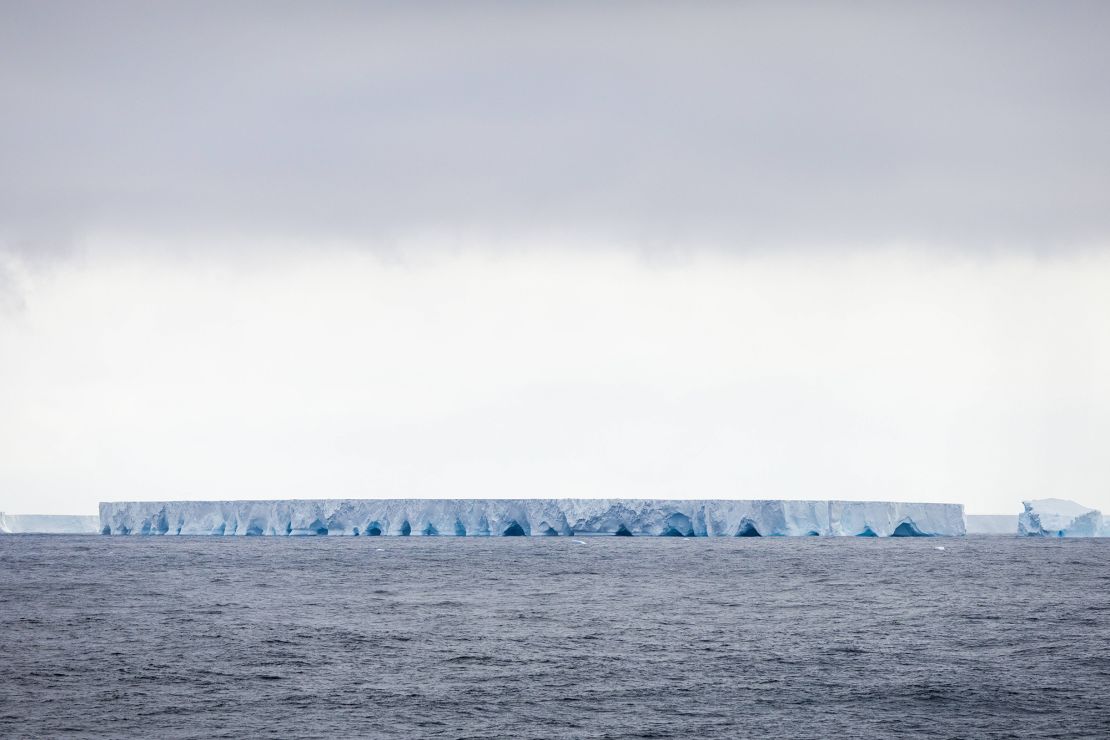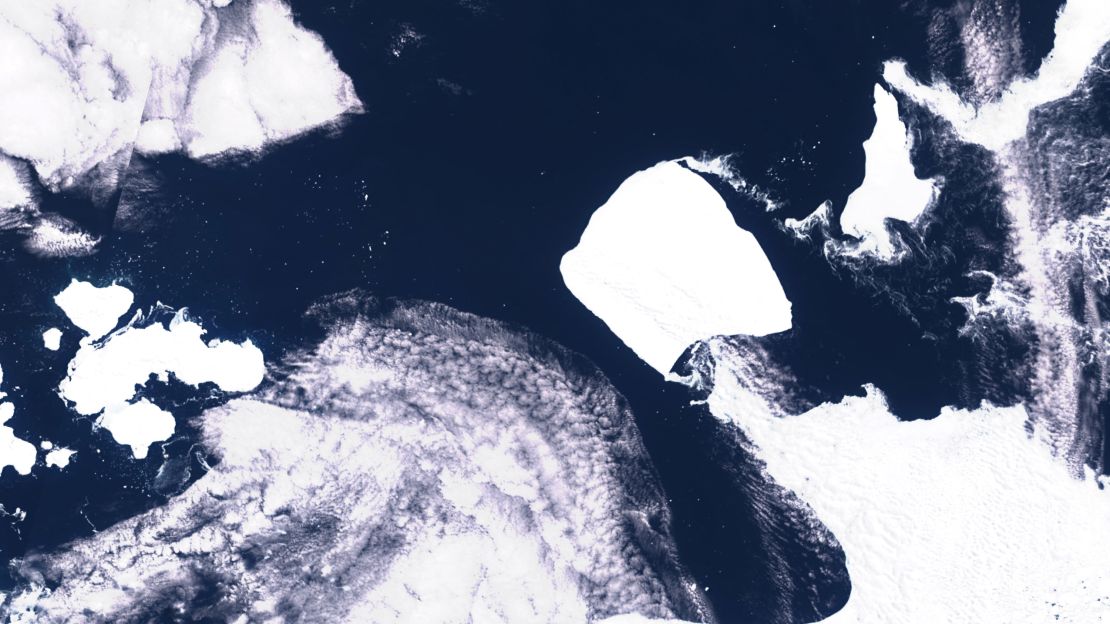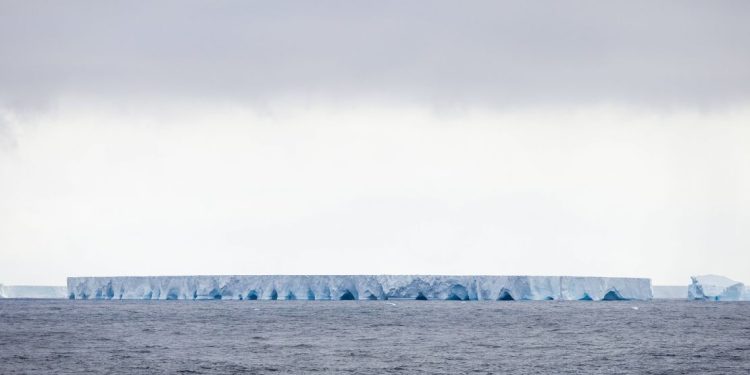CNN
—
The world’s largest iceberg is still on the move and is feared heading north from Antarctica towards South Georgia Island.
The iceberg, called A23a, was previously “trapped” rotating around an underwater mountain for several months, according to Andrew Meijers, a physical oceanographer at the British Antarctic Survey.
It now appears to be moving with the mainstream towards South Georgia, a British Overseas Territory in the southern Atlantic Ocean.
“It is currently in a bend in the current and is not heading directly toward the island,” Meijers said in a statement sent to CNN on Thursday. “But our understanding of the currents suggests it is likely it will move towards the island again soon.”
“Icebergs are inherently dangerous. I would be extraordinarily happy if we missed it completely,” said Captain Simon Wallace, speaking to the BBC from the South Georgia government ship Pharos.
“We have floodlights on all night to try to see the ice – it can come out of nowhere,” Wallace added.

The iceberg remains the largest in the world, according to measurements updated by the U.S. National Ice Center earlier this month.
Covering an area of 3,672 square kilometers (1,418 square miles) measured in August – slightly larger than Rhode Island and more than twice the size of London – iceberg A23a has been carefully tracked by scientists since He calved from the Filchner-Ronne Ice Shelf in 1986.
It lay stranded on the floor of Antarctica’s Weddell Sea for more than 30 years, probably until it shrank just enough to lose its grip on the seafloor.
Then the iceberg was carried away by ocean currents before becoming stuck in a Taylor column – the name given to a rotating vortex of water caused by ocean currents hitting an underwater mountain.
In December, the iceberg broke away. Initially, scientists said they expected it to continue drifting along ocean currents and toward warmer waters.
At the time, the British Antarctic Survey said the iceberg would likely break up and eventually melt when it reached the isolated South Georgia Island.

But for now, at least in satellite images, the iceberg appears to have retained its structure and has not yet broken into smaller pieces, as previous “megabergs” have done, Meijers said.
The question now is whether the iceberg will follow the current and head towards the open South Atlantic or whether it will head towards the continental shelf where it will remain stuck for some time.
“If this happens, it could seriously hamper access to the feeding grounds of wildlife – mainly seals and penguins – that breed on the island,” Meijers said.
Meanwhile, Mark Belchier, director of fisheries and environment for the Government of South Georgia and the South Sandwich Islands, told CNN on Thursday that he was closely monitoring the iceberg’s trail. “Although they are common in South Georgia, they can cause problems for shipping and fishing vessels in the region,” Belchier added.
Belchier said any potential impacts on wildlife would likely be “highly localized and transient.”
South Georgia and the South Sandwich Islands have rich biodiversity and are home to one of the largest marine protected areas in the world.
Scientists said this iceberg likely broke off as part of the ice shelf’s natural growth cycle and not because of the climate crisis caused by fossil fuels. But global warming is causing worrying changes in Antarctica, with potentially devastating consequences for sea level rise.


